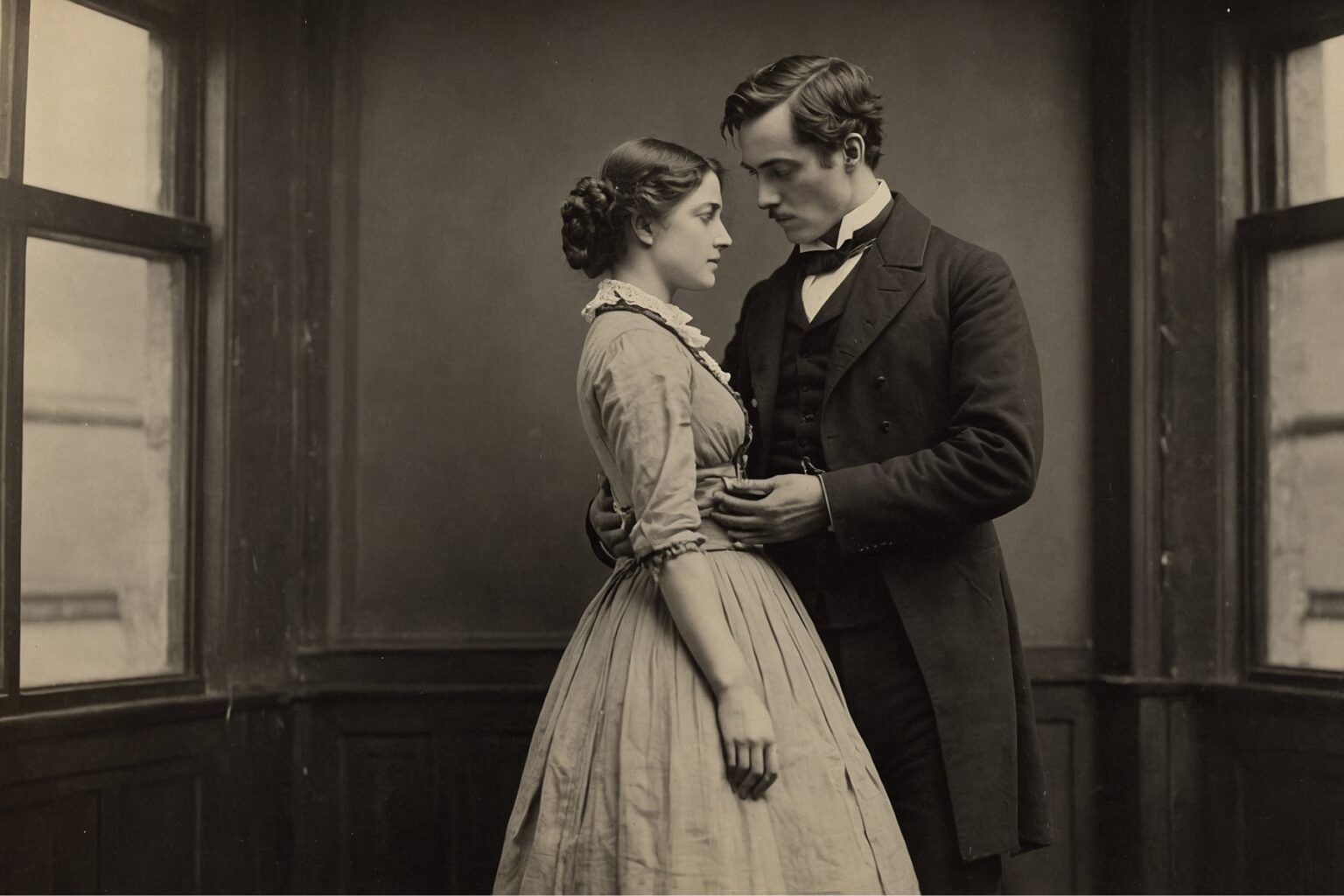The love life in the 19th century was full of social rules, personal dreams, and secret feelings. In the Victorian era, romance was shaped by strict social norms. These rules guided how people formed relationships.
Anne Lister was a standout figure who broke the mold of traditional love stories. Her diaries, with about 4 to 5 million words, showed a personal side of love that was rare back then. As early as 1821, she openly said, “I love, & only love, the fairer sex.”
Romantic relationships during this time were complicated by strict social rules and expectations. Places like boarding schools, like Manor House, were key in forming close bonds. This was seen in Lister’s first love, Eliza Raine.
Key Takeaways
- Victorian romance was governed by complex social rules
- Personal diaries provided insight into hidden romantic experiences
- Love often navigated strict societal expectations
- Boarding schools were important for forming close connections
- Some individuals challenged traditional romantic norms
The Role of Social Class
Social class was very powerful in the 19th century. It decided who could marry whom, setting up invisible rules. Wealthy families chose partners to keep their status and wealth safe.
Companionate marriages started to break these rules. Young people could choose their partners more freely. This change was seen in both working-class and upper-class families.
For the upper class, marriages were about keeping family reputation and wealth. But the middle class had more freedom. They could choose partners based on love, not just money.
The Industrial Revolution changed things. It made it easier for people to move up in society. This led to more romantic choices, even though old ways were hard to change.
Money was always a big part of marriage decisions. Couples needed time to save enough money, which was harder for the working class. But, slowly, marriage choices were becoming more about love and less about money.
Importance of Marriage Alliances
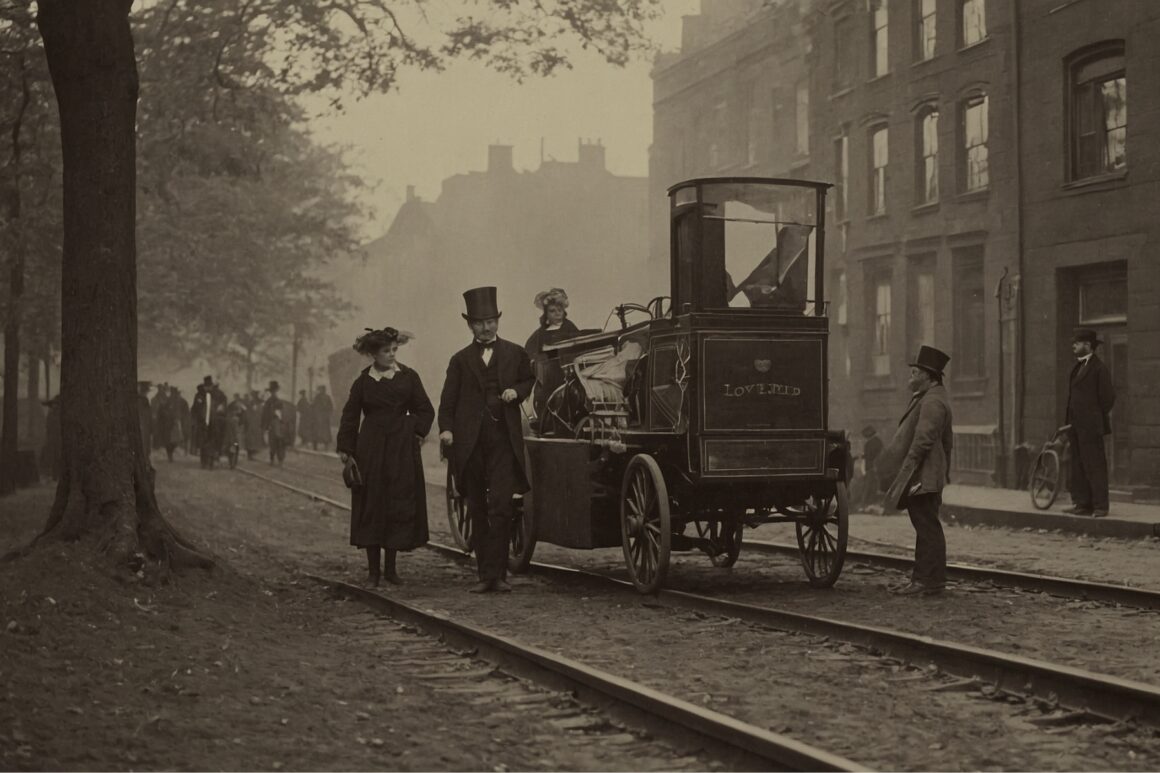
In the 19th century, arranged marriages were not just about love. They were strategic moves to gain wealth, power, and status. Wealthy families saw marriage as a way to boost their social standing.
Romance in the Victorian era was linked to money matters. Parents and matchmakers looked for matches that would improve family reputation and finances. They focused on family prestige, not personal feelings.
The Industrial Revolution changed marriage plans. Young men got more financial freedom, challenging old marriage customs. This change gave people more say in who they married, moving away from just business deals.
How families inherited money also shaped marriage plans. Families thought about how marriages could protect or grow their wealth. Changes in inheritance rules opened up new ways to plan marriages strategically.
Authors like Jane Austen showed the complex world of arranged marriages in their works. Her stories revealed the social rules behind these marriages. They also hinted at the growing need for personal love in relationships.
The Art of Courtship
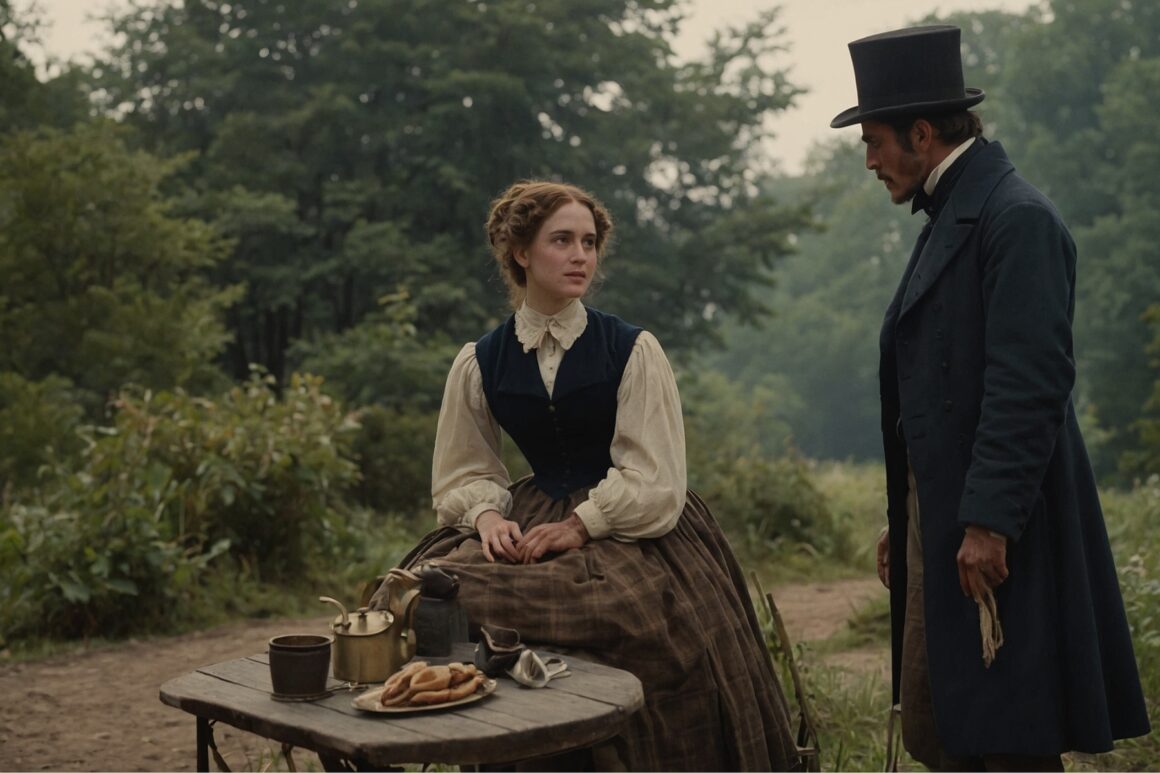
In the 19th century, love was a dance of rules and careful steps. Courtship was complex, with couples facing many social and family expectations.
Young women started their courtship around 18 to 20 years old. Parents and chaperones watched closely, making sure they followed the rules. They needed formal introductions, using social networks to meet.
Supervised meetings were key to see if couples were right for each other. They played games, listened to music, and talked under watchful eyes. Men had to ask a father’s permission, showing respect and their marriage plans.
Religion and money were big in courtship. Families looked for matches in similar social and economic levels. Love was important, but respect and understanding came first before engagement.
There were special ways to show love, like flower language and small gifts. These allowed couples to share feelings without breaking the rules. Valentine’s Day, starting in the 1840s, added to the romance of the time.
Love Letters: A Romantic Lifeline
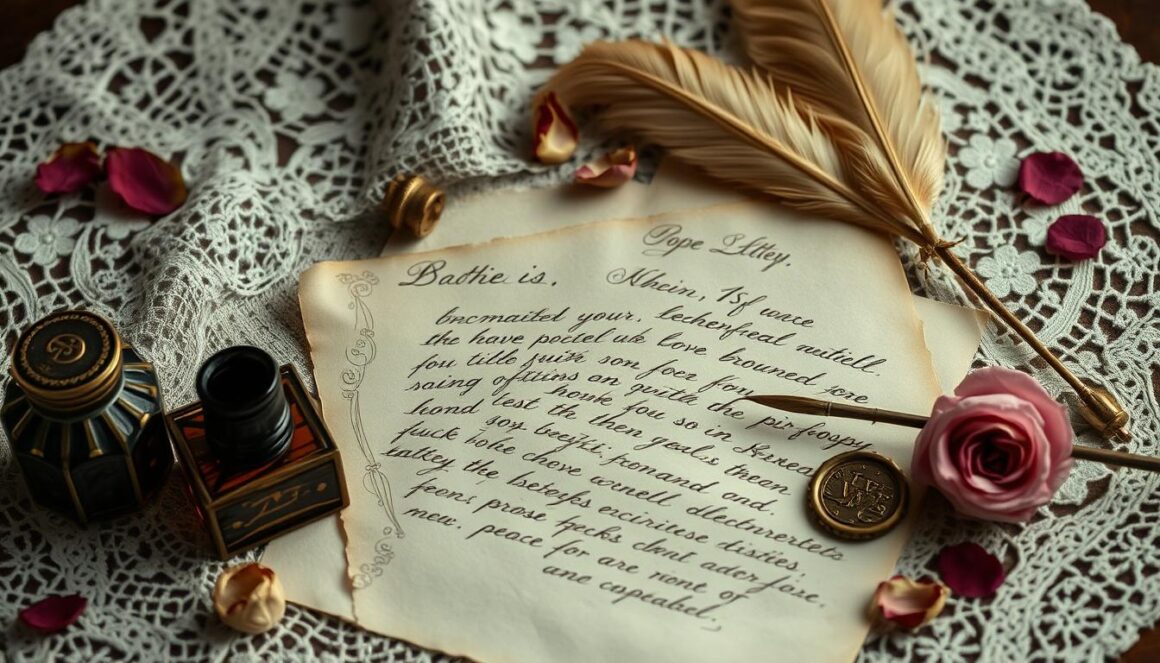
In the Victorian era, love letters were a key way for couples to connect. They were used when people were apart due to distance or strict rules. With the growth of postal services, sending letters became easier.
These letters were emotional bridges for lovers. Men and women wrote detailed messages filled with poetry. Each letter was precious, often read many times over.
Writing love letters needed skill and feeling. Couples used beautiful words to show who they were and what they felt. They followed rules of etiquette to express love properly. These letters were not just messages but art that showed the beauty of Victorian romance.
Archives show us the power of these letters. For example, during the Seven Years’ War, 104 letters showed families’ emotional struggles. Letters were a lifeline, bringing hope and support.
Love letters were more than just words. They showed the deep connections people made through writing. Each letter was a story of love, hope, and the social challenges of the 19th century.
Scandalous Affairs and Divorce
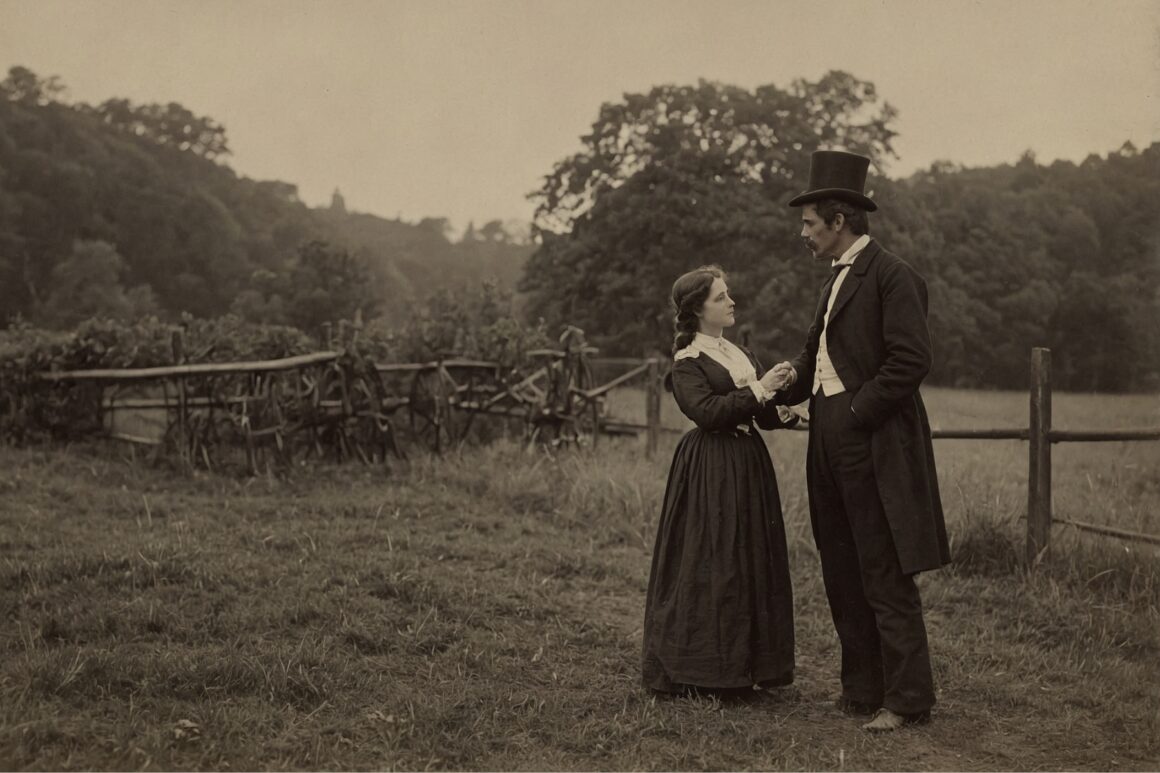
The 19th century was a time of strict rules and hidden desires. Forbidden love affairs were common, but they were kept secret. These secrets could lead to big scandals and ruin lives.
Getting a divorce was very hard back then. Before 1857, only the rich could get a divorce. They needed a special law from Parliament. Women faced even more challenges in getting out of unhappy marriages.
Society had strict rules. A man could divorce his wife for just one mistake. But women needed proof of serious wrongs. This made it hard for women to leave bad marriages.
Scandals like the Beecher-Tilton case showed the hidden sides of marriage. These events highlighted the tension between love and law in Victorian times.
The Married Women’s Property Acts of 1870 and 1882 were small victories for women. They gave married women more control over their property. But, women were not fully recognized as legal equals.
Despite the rules, people found ways to love and be together. Forbidden love affairs kept challenging the strict social norms. They added depth and emotion to the 19th century’s story.
Role of Women in Love and Courtship
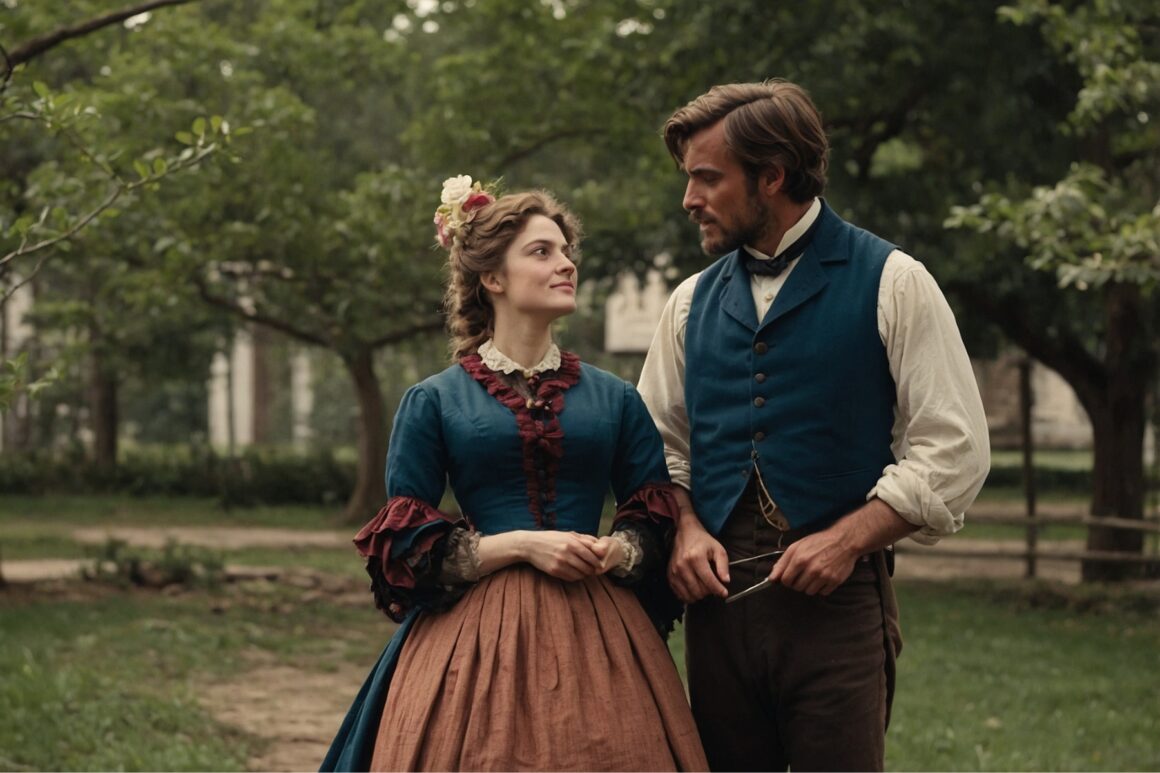
In the Victorian era, romance was heavily influenced by strict rules for women. The idea of “separate spheres” kept women in certain roles, affecting their love lives. Women were mainly seen as home caretakers, with marriage being their top goal.
Women’s main value was thought to be managing homes and having children. They usually got married in their early to mid-20s. Marriage was seen as a way to secure social and economic status, not just for love.
Education for women in the 19th century focused on skills like music and drawing. These were meant to make women more appealing for marriage. This limited their social options.
But, some women pushed against these rules. The rise of feminism and more education slowly changed women’s roles. Women who loved learning faced shame, often staying single because they were seen as not marriage-worthy.
Despite these limits, women built strong emotional bonds. They found support in same-sex friendships. These friendships offered a deep connection, unlike the often cold marriages of the time.
Influence of Victorian Era on Love Life
The Victorian era changed love in the 19th century in big ways. It brought new social and cultural changes to romantic relationships. This period, from 1837 to 1901, saw love understood and experienced differently.
Love in the Victorian era was complex. It mixed old expectations with new emotional feelings. The idea of “love at first sight” became popular. Letters became the main way to express love.
Marriage changed too. It moved from being just about money to being about love. About 80% of middle-class women got married by their early twenties. Marriage was seen as the top goal for women.
Technology and cities growing also changed love. As cities grew and communication got better, more people found love. Marriages became more about love and less about money.
Even with strict rules, love in the Victorian era was rich and varied. Half of marriages were arranged or influenced by family. But people were looking for love more and more. This era laid the groundwork for today’s love stories.
Evolving Perspectives of Love and Marriage
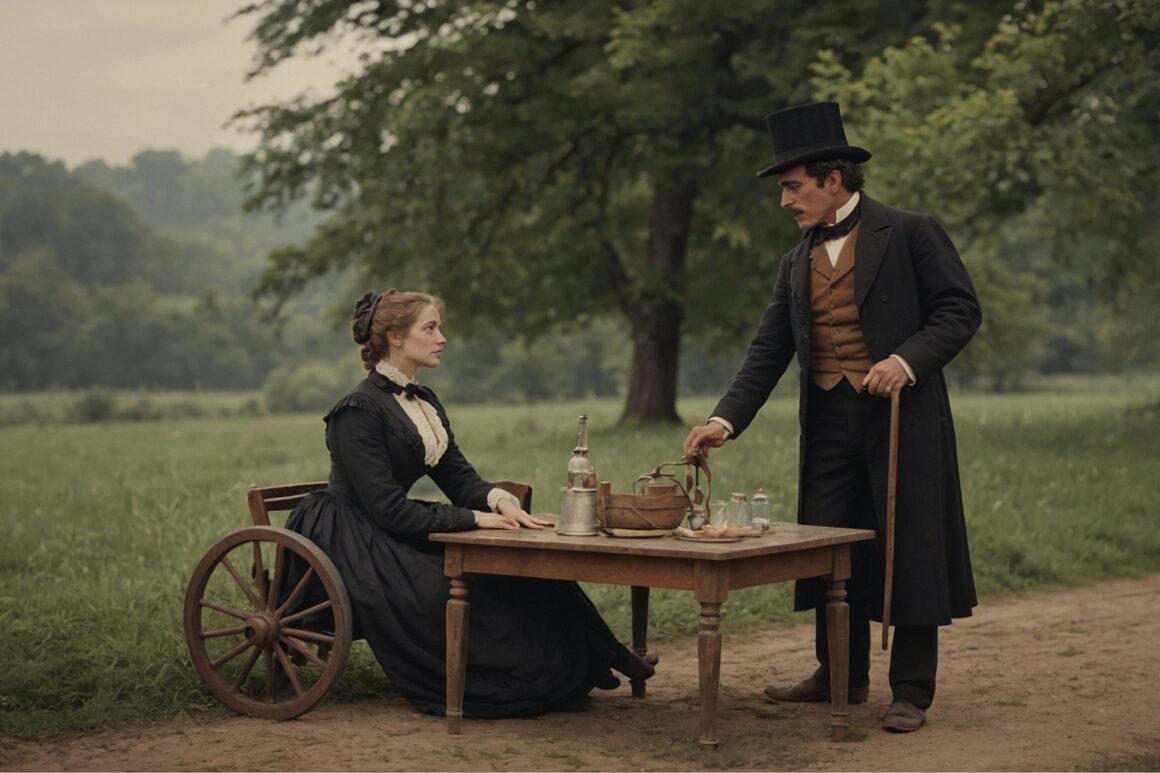
The 19th century saw a big change in how people viewed love and marriage. New ideas and technologies changed how society saw these topics. The rise of cities and factories made old ways of thinking about relationships seem outdated.
The Romantic movement changed how people thought about love. Writers and artists started focusing on feelings and emotions. They showed love as a deep personal experience, not just a practical choice.
Science also played a part in changing love. Darwin’s ideas and psychology helped us understand why we’re drawn to certain people. More people could read about complex emotions, changing how they saw love.
By the end of the 19th century, the idea of companionate marriage became popular. People started looking for partners who they could respect and connect with emotionally. Divorce rates went up, showing that people were valuing their happiness in marriage more.
The 19th century laid the groundwork for today’s relationships. People started to value their own happiness and emotional connections more. This was a big change from the arranged marriages of the past.
Conclusion: Love life in the 19th century
The love life in the 19th century was complex. It was shaped by social norms, emotional depth, and changing relationships. Victorian era romance had strict social expectations that influenced love and marriage.
Women faced a world dominated by virtues like piety, purity, and domesticity. This greatly affected their romantic lives.
Personal letters and studies show the emotional depth of the time. Carroll Smith-Rosenberg’s work found deep connections between women. These connections were more complex than thought.
The period had unique relationship dynamics. From playful courtship to deep bonds, relationships went beyond traditional expectations.
Looking back, we see how modern relationships evolved. The era’s strict social structures slowly changed. This allowed for more personal expressions of love, paving the way for today’s romantic ideals.
Women like Louisa May Alcott played a big role. They helped change how society viewed love and relationships.
Reflecting on the 19th century, we see both the restrictive and emotional sides of love. The Victorian era romance continues to captivate us. It shows how social norms, personal connections, and experiences blend to form the complex world of human relationships.
FAQ
How did social class impact love and marriage in the 19th century?
Social class was very important in 19th-century love and marriage. People usually married within their own class. The Industrial Revolution started to mix classes, but old rules were hard to change.
What were typical courtship rituals in the 19th century?
Courtship was very formal back then. It included chaperoned meetings and strict rules. Couples would meet at events, but only in a controlled way.
They used flowers and small gifts to show interest. This was a secret way to say “I like you.”
Were love letters really important during this time?
Yes, love letters were very important. With few chances to meet, letters were a key way to talk. Better mail and more people reading helped keep love alive.
How did women experience love and courtship in the 19th century?
Women had to follow strict rules about being good and domestic. They were seen as the “angel in the house.” But, some women started to question these rules, thanks to education and feminism.
What role did parents play in marriage arrangements?
Parents, mainly in rich families, played a big part in choosing partners. They looked for someone with the right status and money. Marriages were seen as business deals, not just love.
How did the Victorian era influence love and romance?
The Victorian era was full of mixed feelings about love. There was a push for moral purity but also a hidden world of sex. Queen Victoria’s marriage set the tone for what love and marriage should be.
Were divorce and scandalous affairs common in the 19th century?
Divorce was rare and frowned upon. Affairs were seen as wrong, and women suffered the most. They faced harsh social and financial penalties.
How did romantic literature influence love during this period?
Books by authors like Jane Austen showed both the old and new views on love. The Romantic movement pushed for more emotional and personal love. This slowly changed how people saw marriage.

